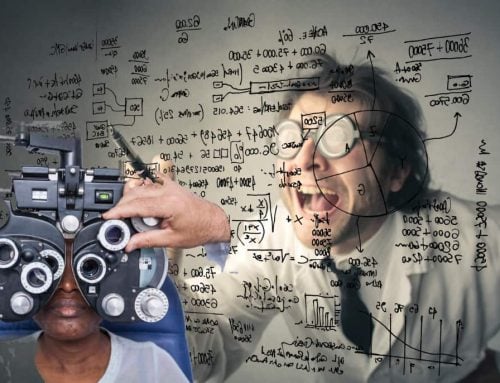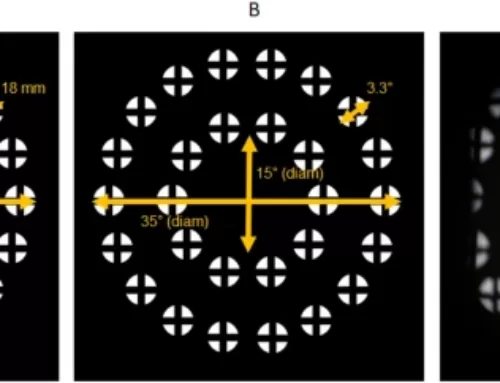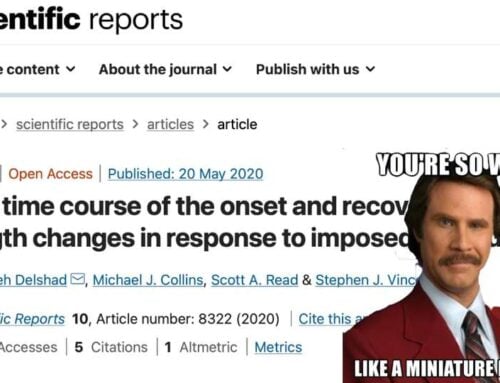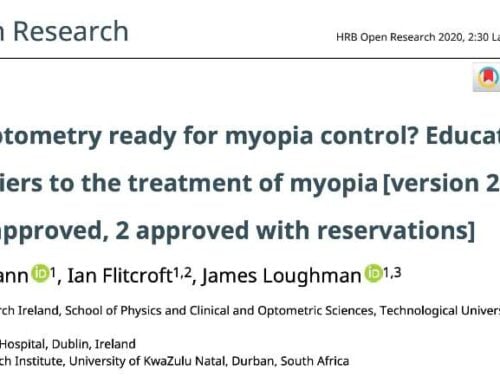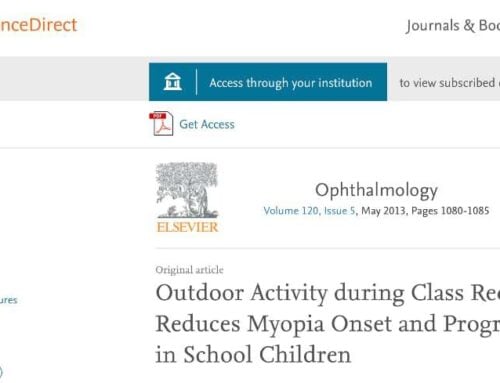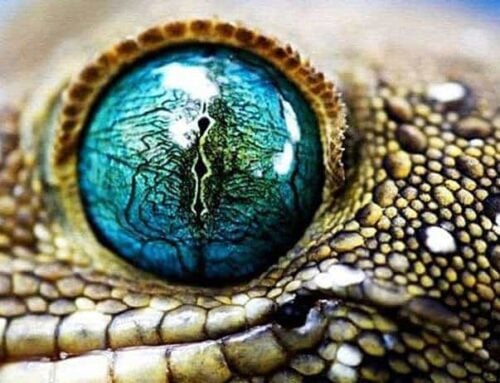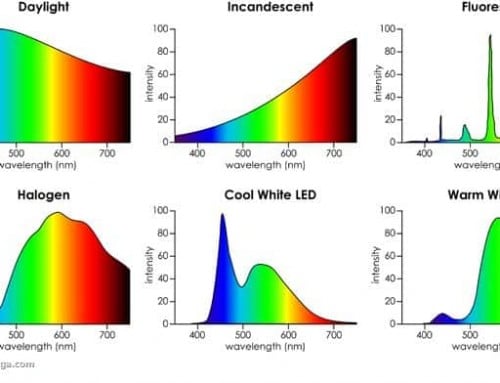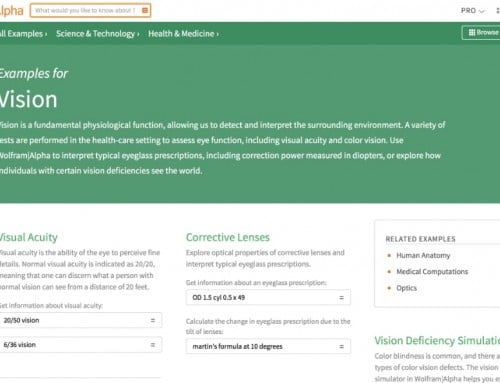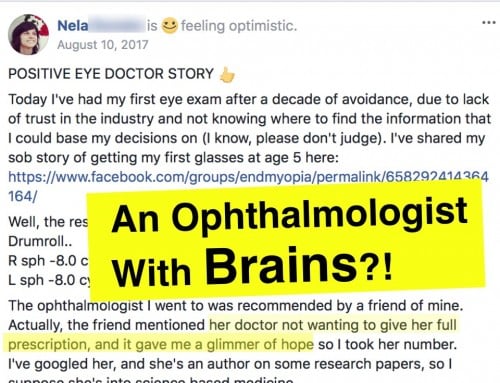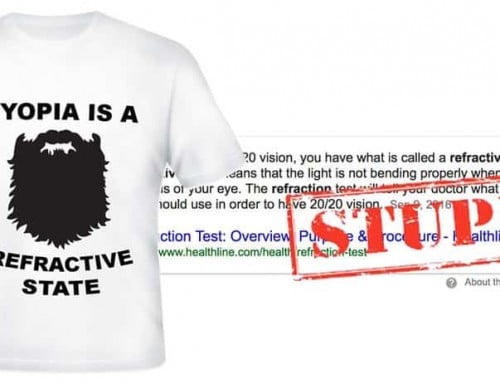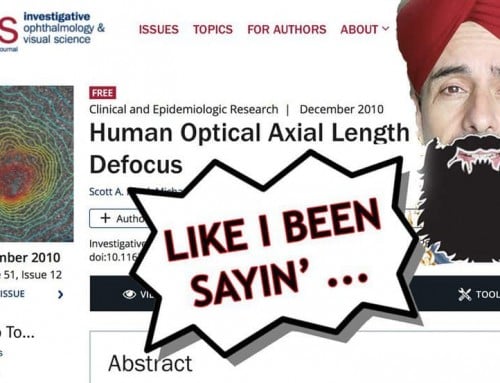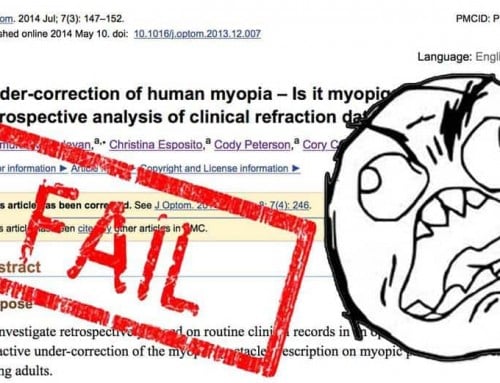Written By Despina
Contributing Optometrist
Note: This post is supplemental to the discussion of eyeball axial change going both ways, the key premise of natural myopia reversal.
The marmoset monkey, the rhesus macaque, the treeshrew and a chick. First common factor: they are all vertebrates. Second common factor: they are all diurnal, ie. they are awake in daylight hours. Three are, like us, mammals, and one is a bird. And the basic anatomy of their eyes is the same. The cornea, the iris, the anterior and posterior chambers and their fluids, the crystalline lens, the retina with its rods and cones, the choroid and the sclera..they are all there, in the same configuration, consisting of the same type of cells as human eyes.
So it is easy to see why they are the models of choice in many experiments, namely the one outlined in the paper, “Eyes in Various Species can shorten to Compensate for Myopic Defocus”, the topic of Jake’s recent fascinating blog.
Although humans are the most visually orientated and dependent of all mammals, all mammals use sight to some degree, some less, some more. For most, vision is crucial to survival. It is not surprising, then, that the mammalian eye and the associated parts of the brain are so well developed. And even less of a surprise is that the basic anatomy of the eye is the same in all mammals, and very similar to that of birds.
Of course there are some differences between species, depending on their habitats. For example, the eyeball of the chick is not spherical like the mammal’s, it’s flatter shape and its lateral position on the head giving a wider area of sharp vision. Since most birds cannot move their eyes, this is vital for their survival.
But why are these particular mammals of interest when it comes to researching human eyes? Here are some interesting extracts:
In the case of treeshrews,
“Among orders of mammals, treeshrews are closely related to primates, and have been used as an alternative to primates in experimental studies of myopia, psychological stress and hepatitis B”(en.Wikipedia.org/wiki/ Treeshrews)
And in the case of the marmoset,
“Paraxial optical ray-tracing shows that the marmoset eye is well-presented as a scaled-down version of the human eye” (Science Direct, Visual Optics and retinal cone topography in the common marmoset)
Oh, and the rhesus macaque,
“The configuration and contribution of the major ocular components in infant and adolescent rhesus macaque eyes are quantitively and qualitively very comparable to those in human eyes, and their development proceeds in a similar manner in both species” (NCBI Normal Ocular Development in Young Rhesus Monkeys)
And back to the good old chick, the vertebrate model of choice for developmental studies for over 2 millenia, due to, among other qualities, its accessibility for visualization and experimental manipulation. In other words, an egg in its different stages is always easy to find and observe.
These animals’ eyes respond to stimuli in the same way as human eyes, providing reliable data that helps further development in the field of ophthalmology.


